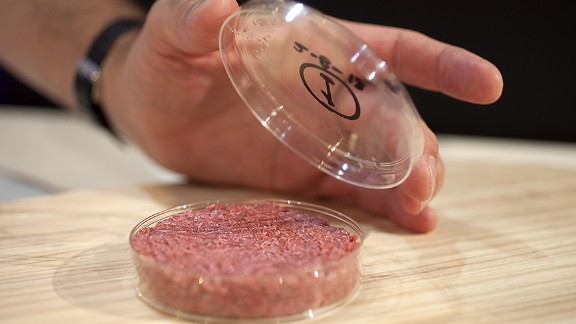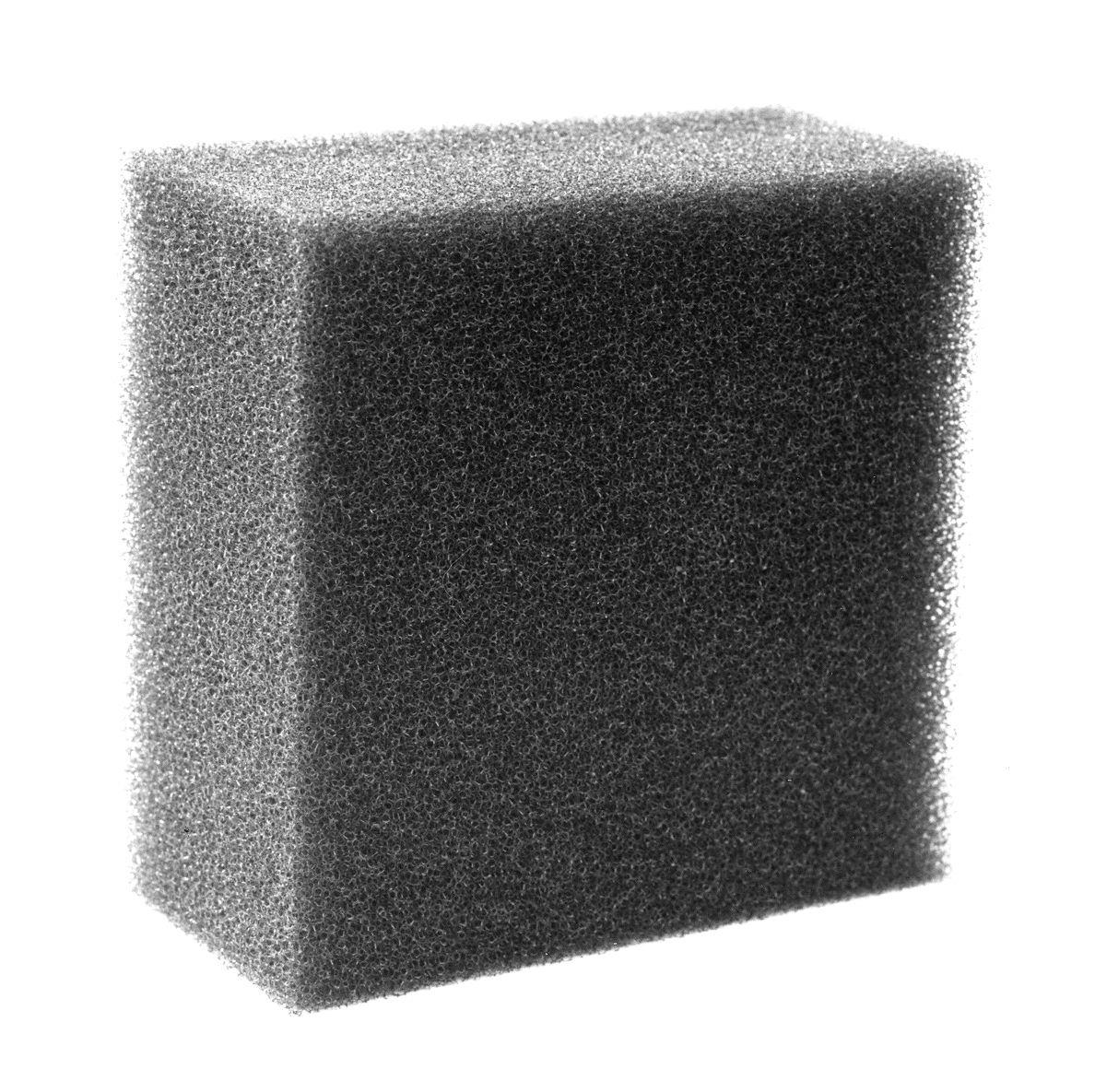As one of the alternatives for livestock meat production in vitro culturing of meat is currently studied. 1 muscle sampling for stem cell collection 2 muscle tissue dissociation and muscle stem cell isolation 3 primary cell culture 4 upscaled cell culture 5 muscle differentiation and maturation and 6 muscle tissue harvest.
 Cultured Lab Grown Meat Infographics Synthetic In Vitro Food Stock Photo Picture And Royalty Free Image Image 109422040
Cultured Lab Grown Meat Infographics Synthetic In Vitro Food Stock Photo Picture And Royalty Free Image Image 109422040
Ad The latest treatment.

Stem cell meat. However it has proven difficult to maintain its replicative state in cell culture. Cure with the new technology. Ad The latest treatment.
Obtained from pre-embryos created by the in vitro fertilization process. For example an early stem cell can yield a lung stem cell or a neural stem cell. In order to serve as a credible alternative to livestock meat lab or factory grown.
At SuperMeat they extract stem cells from chickens. Raising cattle takes up a lot of arable land and water and creates. 70 billion farm animals are only brought up to be slaughtered for our consumption each year.
If it does making beef from stem cells could be an environmentally friendly alternative to you know killing animals for food. For culturing of meat several stem cell types are of interest. Early stem cells can yield cells for any tissue type.
Meat grown in a laboratory from cultured cells is turning that vision into a reality. Before that happens her company is. Growing meat in the lab is possible because of breakthroughs in stem cell research and tissue engineering two fields that have attracted scientific interest because of.
Cure with the new technology. The generation of bio-artificial muscles from satellite cells has been ongoing for about 15 years but has never been used for generation of meat while it already is a great source of animal protein. The first and foremost is the myoblast or satellite cells described by Mauro 1961.
This adult tissue derived stem cells is the bona fide cell responsible for muscle regeneration after injury. The technique was devised by Maastricht University physiologist Mark Post who assembled a 5-oz beef patty from thousands of tiny meat strips cultured from the stem cells of a single cow. Stem cell meat is also opening doors for vegetarians and giving hope to animal right activists.
The muscle stem cells can be isolated through muscle biopsy and from slaughtered animals. Animal right activist group PETA started this scientific wave of ideas of creating meat when in 2008 they announced a prize of US1 million to anyone who could create a stem-cell version of chicken meat. Cultured meat is made by putting stem cells from the fat or muscle of an animal into a culture medium that feeds the cells allowing them to grow.
Several start-ups are developing lab-grown beef pork poultry and seafoodamong them Mosa Meat. Those stem cells can become any type of cell so by tweaking the mix of proteins and amino acids they. Companies including JUST Memphis Meat and Mosa Meat each use a slightly different technique but the basic concept is the same.
As the yield of the isolated muscle stem cell is altered by the conditions of the donor animals several factors should be considered for a more efficient satellite cell isolation prior to donor animal selection. Sandhya Sriram is confident that people will be able to make their own meats. At Finless Foods they take a bit of fish meat and filter it for a particular kind of cell not so much stem cells but stem-like cells what theyre calling progenitor cells.
Begin with a stem cell from a live animal. This review focuses on the in vitro myogenesis for cultured meat production. Its coming says Shiok Meats CEO.
Grow meat at home from stem cells. The muscle stem cellbased in vitro muscle tissue production consists of a sequential process. All meat starts with cells explains Parendi Birdie a research associate and member of the cell.
Early Stem Cells Other Given Names. The medium is then put into a bioreactor to.








